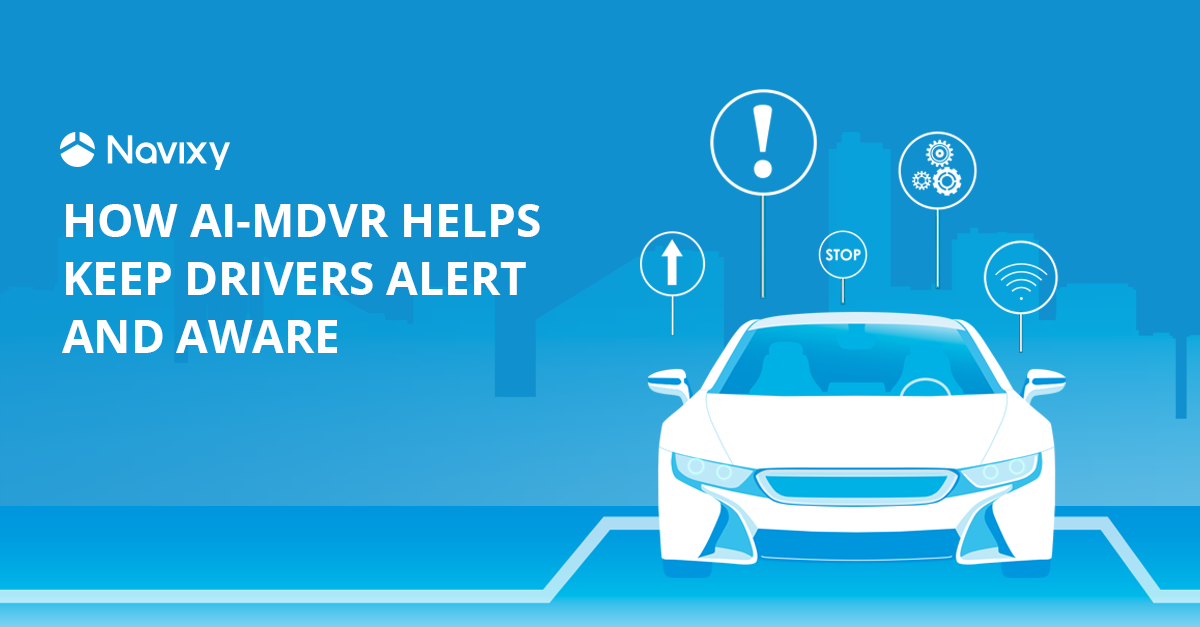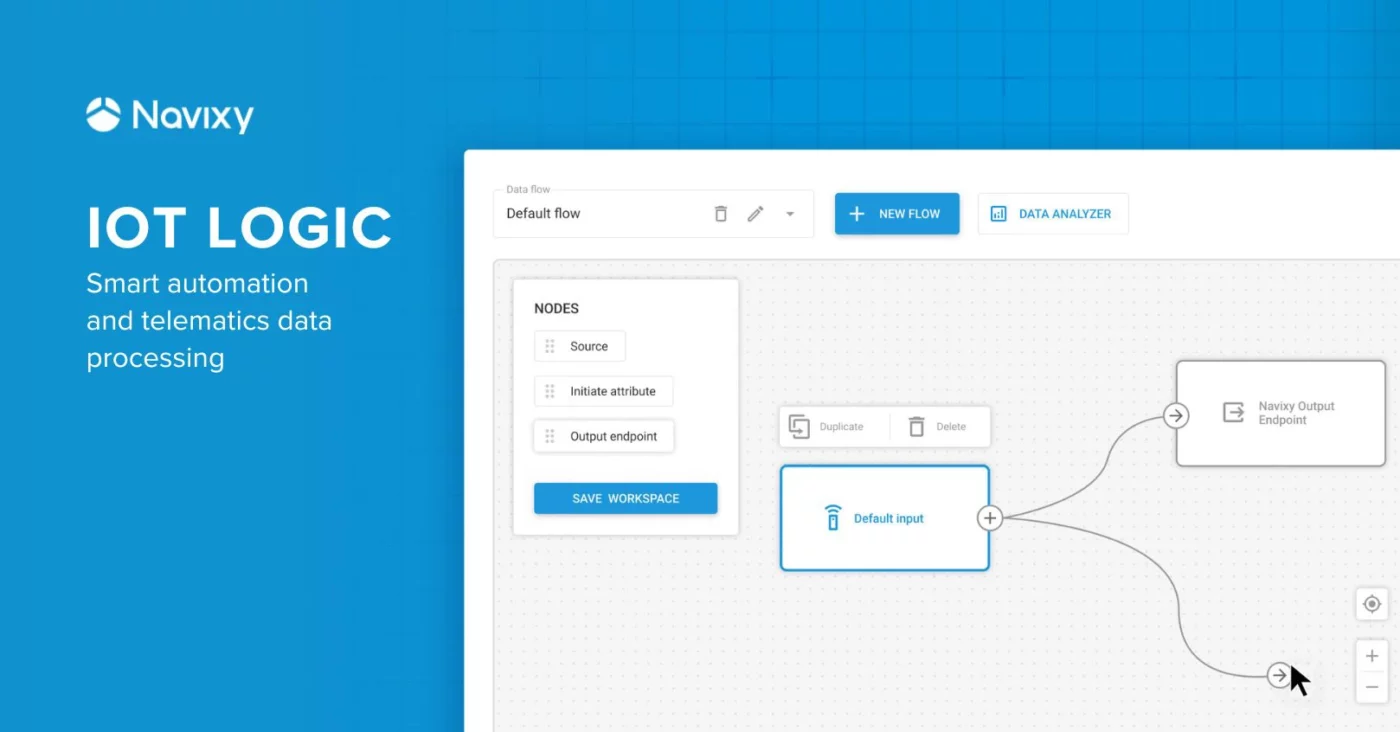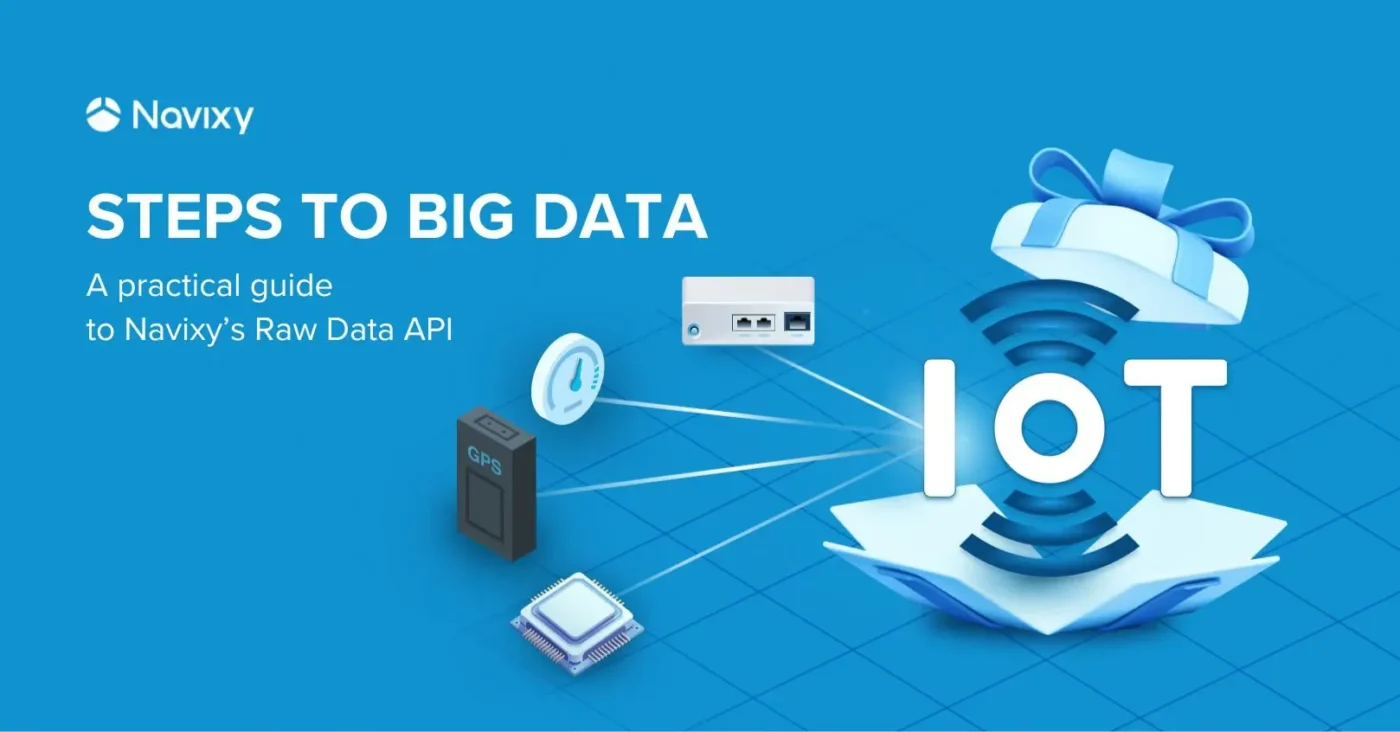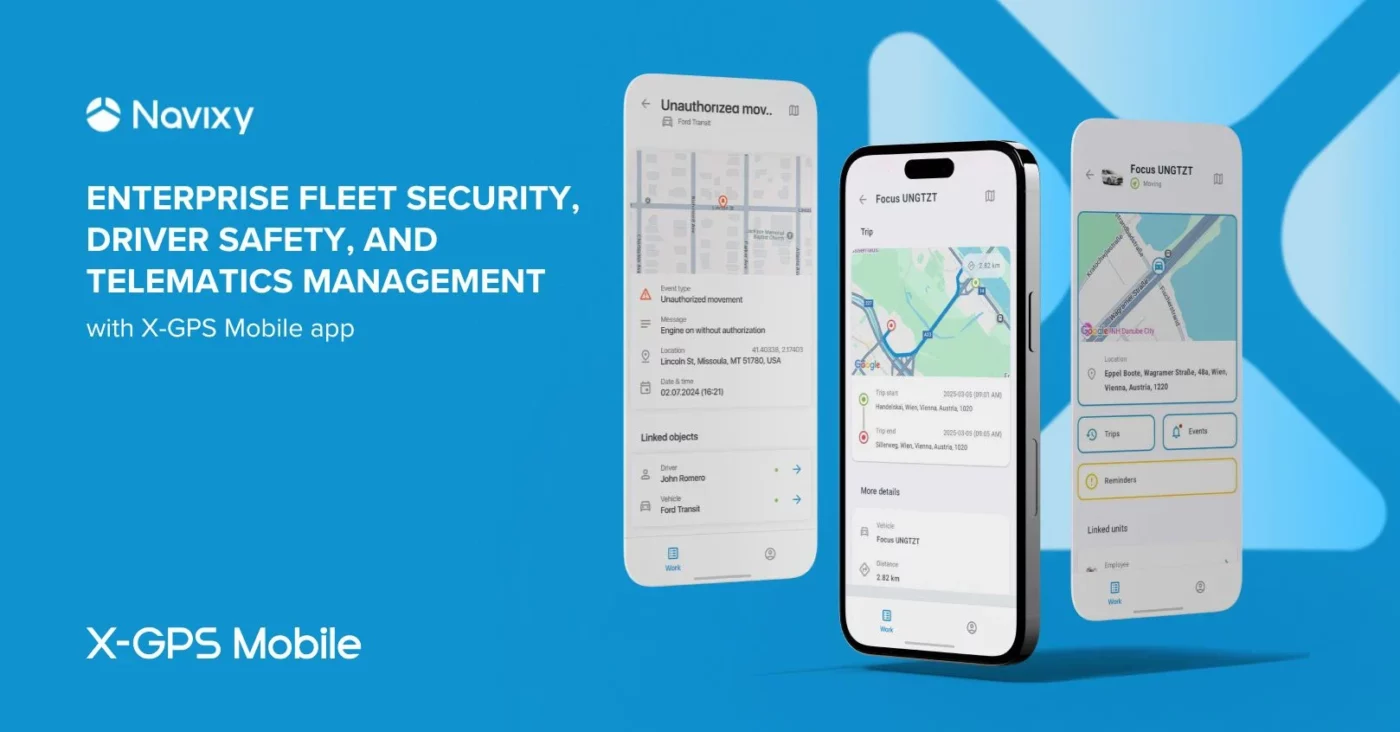There are many benefits to MDVR besides video recording and data transmission. In fact, one of the most advanced aspects of this technology is the implementation of artificial intelligence (AI), which leverages machine learning and neural networks for faster processing speeds and enhanced capabilities. Thanks to this, AI-MDVR can provide advanced driving alerts and facial recognition for a safer fleet.
In this post, we’ll discuss what AI is and how it’s used to assist mobile assets when it comes to protection and awareness. Reach out to Navixy to hear more about our video services and capabilities.
How does artificial intelligence work?
Given that AI sounds more like science fiction than reality, it’s important to understand how this technology works in the real world. As opposed to programs that are coded to run in a specific way, AI runs on algorithms that can adapt and change based on their environment and newly available data.
For example, certain types of AI have the capacity to learn how to play chess, write music, and make art by taking in thousands of data sets. In other words, they learn patterns and become better at guessing the next step in a series; the more they’re used, the more accurate they become.
Because AI can absorb new information, process it, and learn complex patterns, it has significant potential in all sorts of industries and applications. With respect to MDVR, this technology is being used to both capture video and interpret the images and surroundings shown. Because of this, the system has the ability to determine if a scenario is dangerous—e.g., a pedestrian is in the path of the vehicle or the driver is fatigued—or not. Depending on the data received, the AI element will decide whether or not a warning or corrective action is necessary.

From monitoring driver fatigue and attention to determining if a person is eating or smoking, AI-MDVR is changing the landscape of driver safety. In the past, fleet managers didn’t have any way to control potential hazardous behaviors, which made it difficult to accurately train and coach drivers to be safe on the road. Ultimately, it was up to the drivers themselves to remain safe.
Since artificial intelligence is used by MDVR in a few different ways, we’d like to explain these cases in greater detail.
How does AI improve ADAS alerts?
A key use of artificial intelligence is through ADAS. In order to identify and react to hazards, these features need advanced algorithms that can process data quickly. Moreover, AI provides analytics that further improve the system’s ability to identify certain scenarios such as lane departure, frontal hazards, and more. And as stated prior, the longer AI is used in driving safety systems, the better it will become at protecting people from danger.
How does this work? The fast processing speeds allow the system to take in information like live video, speed, direction, and other variables to determine exactly what’s happening and what needs to be done to prevent an incident. These calculations happen virtually instantaneously to ensure that a warning is given or action taken with minimal delay.
By helping to correct unsafe driving practices, AI-enhanced ADAS in MDVR can lead to fewer incidents on the road, thereby reducing the cost of fleet maintenance, repairs, and insurance over time.
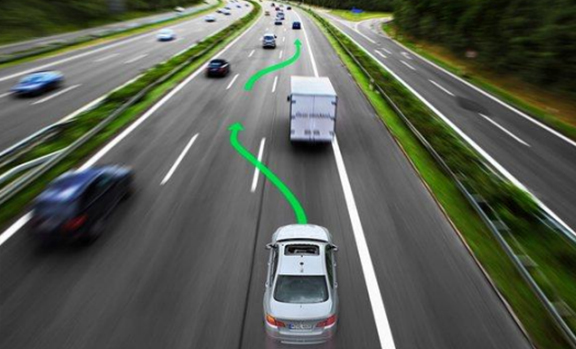
AI-enhanced driver monitoring
Similar to ADAS, driver monitoring systems, or DMS, offer an extra layer of protection to companies through advanced monitoring. Whereas ADAS focuses on what’s happening outside the vehicle, DMS uses a driver-facing camera to ensure sufficient focus on the part of the operator. As a result, this technology can be used to coach drivers, as well as provide opportunities for new functions such as autonomous and semi-autonomous driving.
Thanks to artificial intelligence, facial recognition has improved by leaps and bounds in recent years. For instance, AI can recognize closed eyes and yawning, which suggest the individual is tiring and may need a break, preventing them from falling asleep while driving. To learn more, check out our “Face Recognition in MDVR” blog post.
Along with monitoring the actions of the operator, facial recognition also allows for automatic identification. Why is driver ID so important? It’s crucial that only authorized individuals are driving company vehicles to prevent theft. Moreover, automatic driver ID can facilitate the tracking of working hours by eliminating the need for manual reporting. By streamlining this process, businesses can devote more time and energy to operations.
General Motors’ Super Cruise function is an example of the future of both DMS and ADAS. First introduced in 2017 for the Cadillac brand, this innovative function uses GPS mapping, autonomous cruise control, lane detection, and facial recognition so drivers can sit back and relax during extended rides. However, the system will continue to monitor the driver to ensure they’re still paying attention. If the individual is on the phone, sleeping, or otherwise distracted, the feature will emit an alert and, if unheeded, release control of the vehicle back to the driver.
As of 2022, GM has expanded the availability of Super Cruise to several of its Chevrolet and GMC vehicles, as well as additional Cadillac models.

Though artificial intelligence might seem intimidating on the surface, it represents the next step in the advancement of video telematics. Alongside its application in transportation, AI has significant potential in medicine, finance, manufacturing, and countless other industries. And as far the long-term outlook goes, the future looks bright. In a recent interview with Howen Technologies, Regional Account Manager Alex Devyatkov told us that he expects more AI features will be added to ADAS and DMS as time goes on.
Contact Navixy today to hear more about our video telematics, GPS tracking, and fleet management capabilities.
